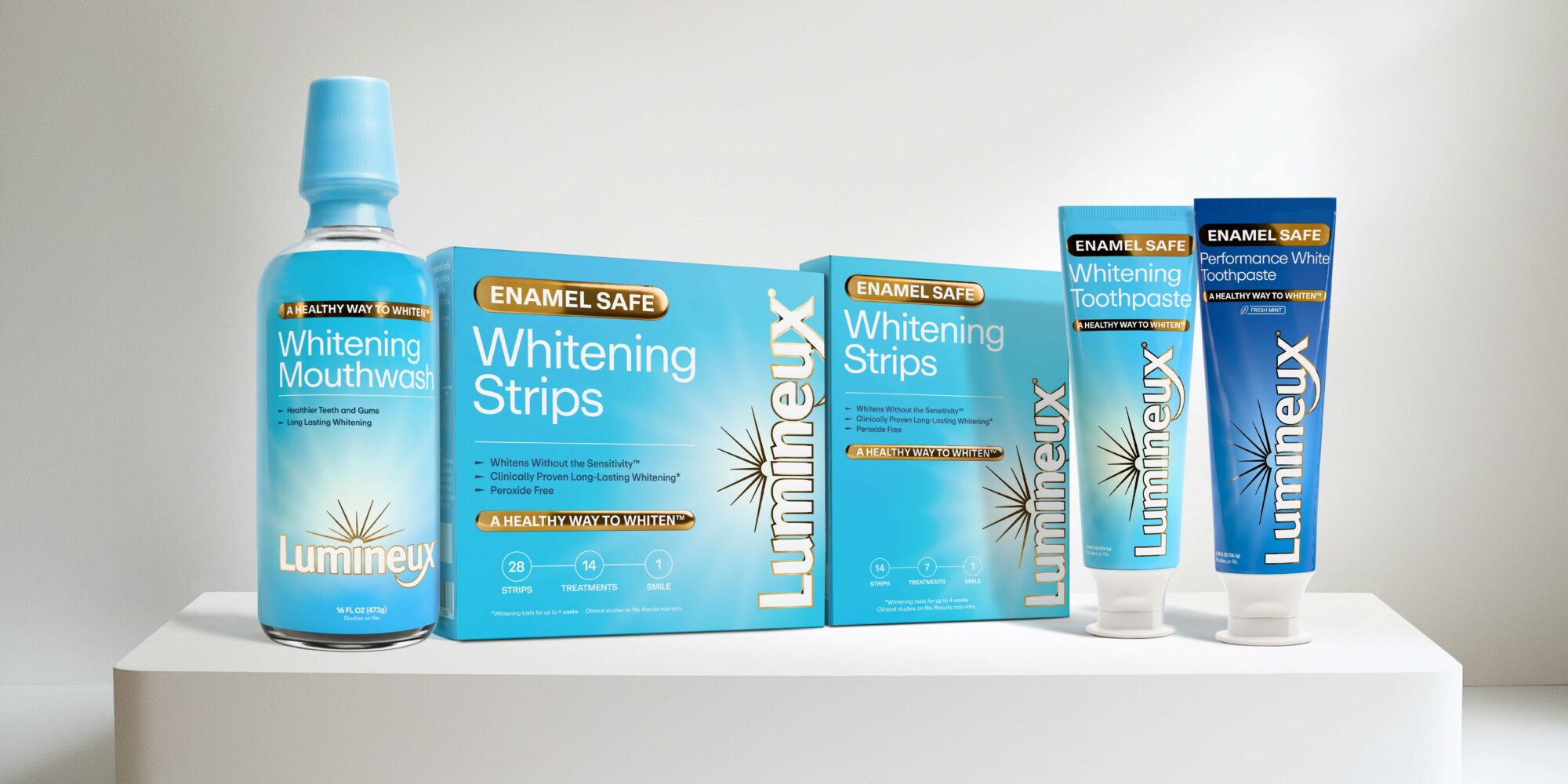
The $60M Brand Leading Oral Care’s Wellness Wave
Asked about whether Lumineux is the brand that’s going to lead the oral wellness movement, co-founder and dentist Kourosh Maddahi says, “We are not going to be that brand. We are that brand.”
Over a decade ago, Maddahi, who’s been practicing dentistry in Beverly Hills for around three decades, began to wonder if he could address patients’ oral health issues—bleeding gums, dry mouth and halitosis, for example—without ingredients like ethanol alcohol and hydrogen peroxide that kill both good and bad bacteria in the mouth. Within the human mouth, the oral microbiome has hundreds of bacteria species and billions of individual bacteria, most of which are good.
In 2014, Maddahi, inspired by a 10-year study by Hessam Nowzari, Lumineux’s CSO and former director of advanced periodontics at USC, of sea salt for treatment of aggressive gum disease in children living in Manila, launched Lumineux, then called Oral Essentials, with Clean & Fresh Mouthwash containing dead sea salt, aloe vera, xylitol, a sugar alcohol and tooth decay fighter, and essential oils such as wintergreen, peppermint, spearmint and basil.
Even though Maddahi had previously been on the ground floor at companies, including TruthMD, a medical provider data solutions service, launching Lumineux wasn’t easy. The idea of oral wellness and the microbiome was nascent, and he encountered resistance from contract manufacturers reluctant to produce natural mouthwash. With store shelves dominated by Procter & Gamble, Colgate and Johnson & Johnson—Maddahi pegs their control of oral care market share at some 90% and estimates 80% of oral care sales are done at physical retailers—Lumineux turned to Amazon.
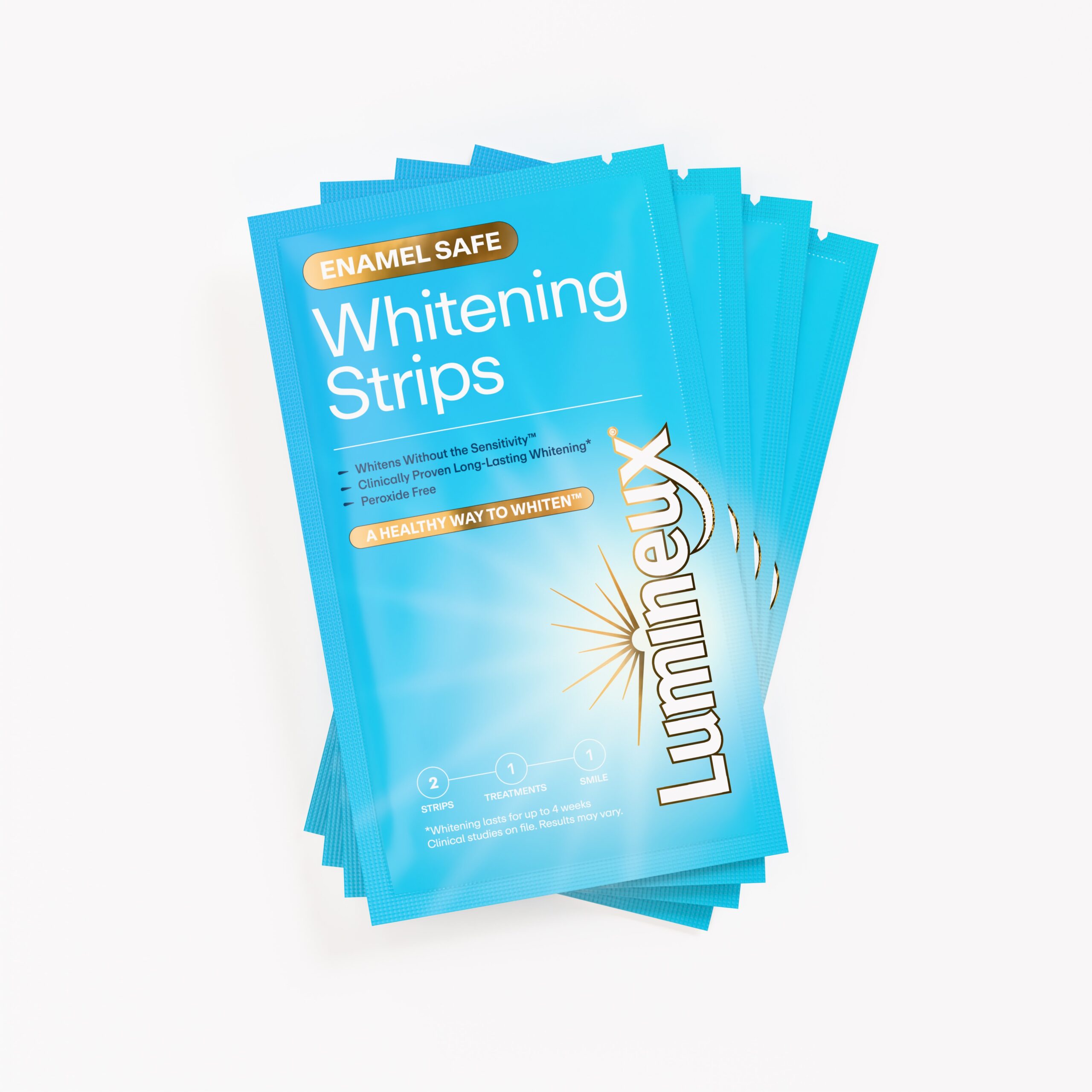
More than 10 years later, the landscape looks quite different. With the skin and gut microbiome increasingly in people’s lexicons, the oral microbiome has been put on their radar, too. Better-for-you products are consumer product goods staples, and publication The Business of Fashion has declared the mouth the “the next wellness frontier.”
Lumineux has erupted out of screens and into stores. It’s sold in 25,000-plus locations, notably at Whole Foods, CVS, Walgreens, Sprouts, Walmart, where it recently added to its selection with Performance White Toothpaste in 2,300 doors, and Target, where it’s just rolled out nationwide with Whitening Toothpaste and Whitening Strips. Currently, 60% of Lumineux’s sales come from Amazon and 40% retail, but it’s working to equalize that breakdown.
This year, the brand’s sales target is $75 million. Last year, its sales rose 10% to $60 million, according to Maddahi. Lumineux has reached that size with a small data-driven team of roughly 15 people.
Today, the brand is known for teeth whitening, a category it jumped into not too long following its launch, and it’s sold over 85 million Whitening Strips (one is sold every two seconds). Lumineux is the bestselling teeth whitening brand on Amazon. All told, it has 10 products priced primarily from $9 to $75. A whitening toothpaste formulated especially for sensitive teeth is on deck for 2026.

Maddahi wasn’t naïve about the challenges of building a brand when he started Lumineux. Still, he admits he’s been surprised by the amount of marketing required to compete. After ramping up its influencer marketing to complement Meta advertising post-Apple iOS update, Lumineux kicked off national advertising last year with its first foray into linear television.
On April 7 this year, the brand ramped up its national advertising with a new campaign entitled, “A Smile People Can’t Look Away From.” The campaign emphasizes that its whitening products whiten teeth without exacerbating sensitivity. Lumineux’s slogan is, “A healthy way to whiten.” Maddahi estimates the brand dedicates 25% to 30% of its revenues to marketing.
Going forward, Lumineux’s biggest distribution objective is boosting its presence within the stores it’s already stocked in. The brand’s retail distributor is MPG, and Brent Burden, who spent 21 years at Costco, is its VP of sales. Maddahi’s son Justin is the CMO, and he’s been particularly skillful at directing its Amazon business.
Lumineux’s core customers are women aged 18 to 45 years old. Maddahi believes that, because the brand’s whitening products are designed not to trigger sensitivity, customers can use them more regularly. “People don’t use white strips that often,” he says. “As we message that they can use it more often, if we get those people to use it 20%, 30% more per year, that is going to fuel a huge amount of growth.”
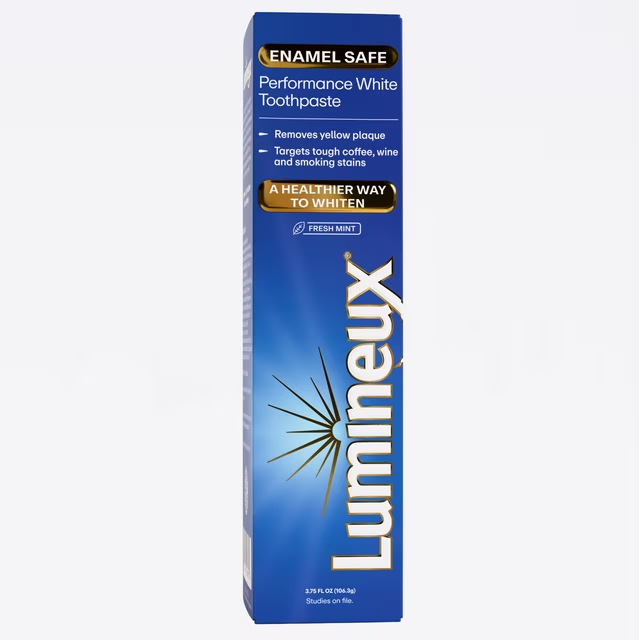
Growth could also be fueled by mounting awareness of the importance of oral wellness—poor oral health is connected to heart disease, diabetes and strokes—and even, perhaps counterintuitively, an ailing economy. As a dentist and founder and CEO of brand specializing in teeth whitening products, Maddahi has observed an inverse sales relationship between a bullish economy and teeth whitening products at stores because people can afford in-office dental whitening procedures when they’re flush and turn to store options when they’re not.
Broadly in the dental industry, Maddahi is detecting a rise in dentists and oral hygienists searching for alternatives to traditional oral care products, a major sign to him that momentum is on Lumineux’s side. “The shift is coming from the consumer,” he says. “They want something without peroxide. They want something without fluoride. Industrywide, it’s not the dentists that are going to change the industry. It’s the consumer always behind the change.”
And Maddahi is adamant that it’s challenger brands like his, not the entrenched conglomerates, that are adroitly responding to the change. Lumineux doesn’t have external funding. Conglomerates have been moving into better-for-you oral care products with transactions. In 2020, Colgate-Palmolive acquired clean oral care brand Hello Products. A year later, Church & Dwight purchased alcohol-free mouthwash brand TheraBreath.
“The conglomerates, unfortunately, I don’t think they can easily switch to products that don’t kill bacteria without alcohol. They’ve tried, but they’ve never been able to get traction,” says Maddahi. “They have to continually acquire companies to be able to get some of the growth in the future to shift to more of that product mix.”


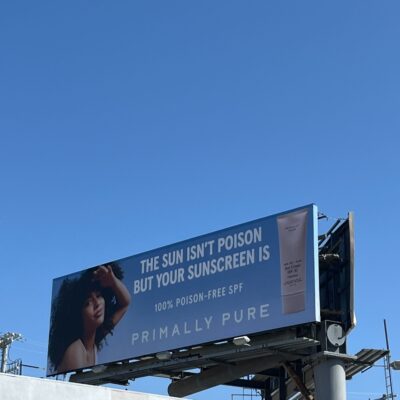
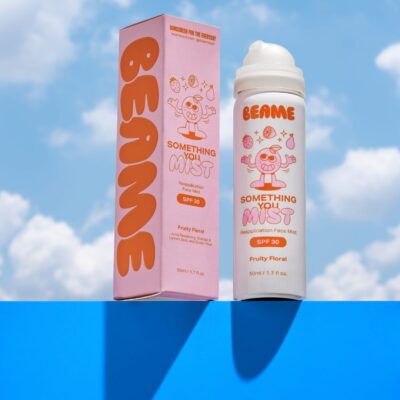
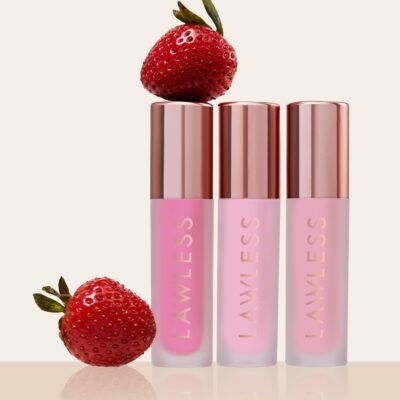
Leave a Reply
You must be logged in to post a comment.